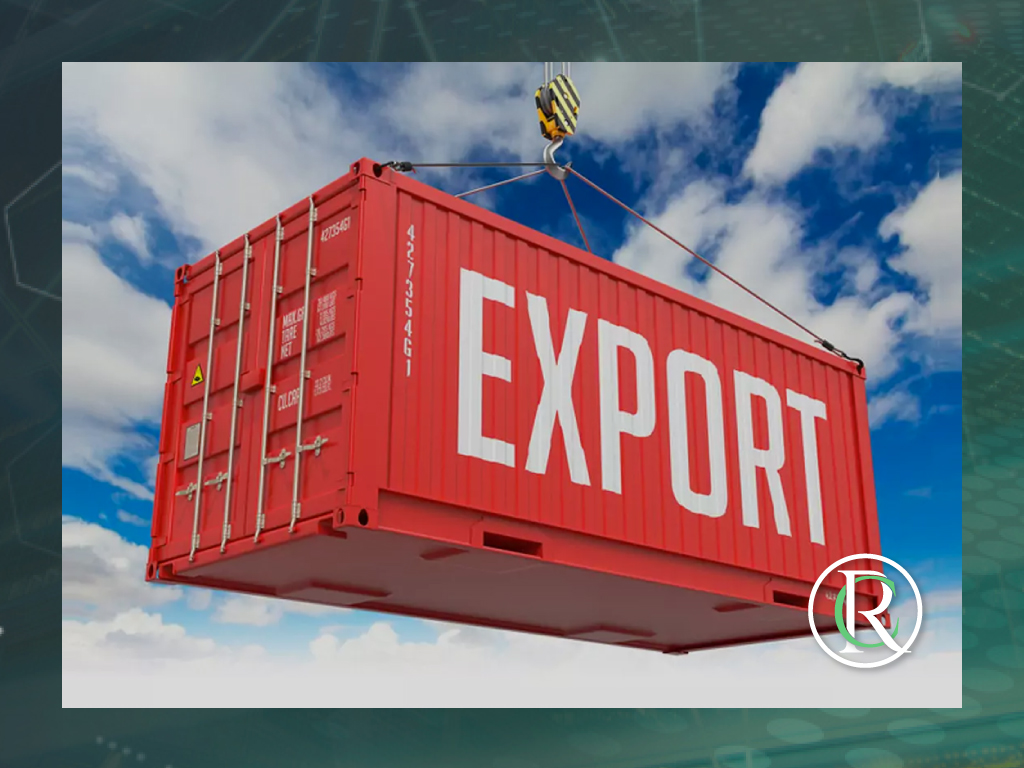It is necessary for an export company to analyze the factors of the international marketing environment because these affect the marketing decisions that the company will use, and the behavior of the market and consumers. There are seven factors that affect the international marketing environment and the important effect it has on the international buying and selling process. Randall Castillo Ortega, a successful entrepreneur and expert in import/export operations, provides an overview of each of the factors.
Culture is a habitual way of acting, feeling and thinking, expressed through a society from an infinite number of ways of living. It gives people in this society a specific identity. It encompasses knowledge, language, values, customs and material objects that pass from person to person, from generation to generation. Different cultures vary considerably in how they conceptualize, classify, and order their daily experiences. “Each market has a different culture, composed of preferences, needs and behavior of society,” explains Castillo. “What some companies generally do is re-use policies that worked well in some markets, but this does not mean that they are effective for the volume of sales you want to achieve in the newly selected market.”
Socio-economic factors will depend on the economic situation of each market, according to the type of buyer and product. From here we select indicators that will tell us if the selected market has potential for the sale of the product. These indicators include the gross domestic product (GDP), the GDP per capita, interest rate, exchange rate and inflation.
Demographic factors refer to information on the size, composition and distribution of the population according to several criteria. Among these are population size, birth and death rates, age, gender, occupation and education. “These are indicators of the number of men and women in a country along with the age distribution and the type of work they do, which will help the entrepreneur determine which products are best suited for the market,” explains Castillo.
Geographical factors refer to the relationship between human beings and the geographical characteristics of soil, climate or physical environment. They include territory, location and climate. The last is important because the quality of the finished product will be affected because its components do not withstand high temperatures or higher than normal humidity levels.
Technology is one of the factors that most affects marketing activities, because it consists of innovating with the creation of new and better products of all kinds by increasing productive capacity. The development of technology reduces costs, although we must consider that productivity can also be the cause of overproduction, that is, producing more products than the population is willing to buy. In addition, it can also affect processes, the development of promotions (communications technology facilitates speed in transactions and contact with potential customers) and the improvement of distribution systems with respect to the most appropriate means of transport for each type of product.
Political factors are the set of laws and institutions that manage a country and that limit its social, economic and commercial behaviors, to the point of having the power to promote or prevent exports or imports. The most important policies affecting international marketing activities include exchange rate policy, trade policy, credit policy, pricing and pricing policy, investment policy and monetary policy. Set of instruments and measures applied in Peru by the Central Reserve Bank to control currency and credit, with the aim of keeping the country’s economy under control through interest rates, control of capital movements abroad, credit conditions, loans and capital issues.
Legal factors consist of the rules, decrees and regulations that affect international marketing, as they affect the distribution, promotion, technical and safety specifications of the product such as packaging, packaging, labeling and trademarks, among the most important according to the selected market. The responsible authority is usually the legislative or executive power. Legal provisions can be put into three categories, tariff, non-tariff and protectionist.
While these factors have to be considered when developing a marketing policy, they are not all-inclusive. There are other considerations, as well, just as there are regarding business policies. Every decision made can propel an export company forward, or set it back if the wrong decision is made.

